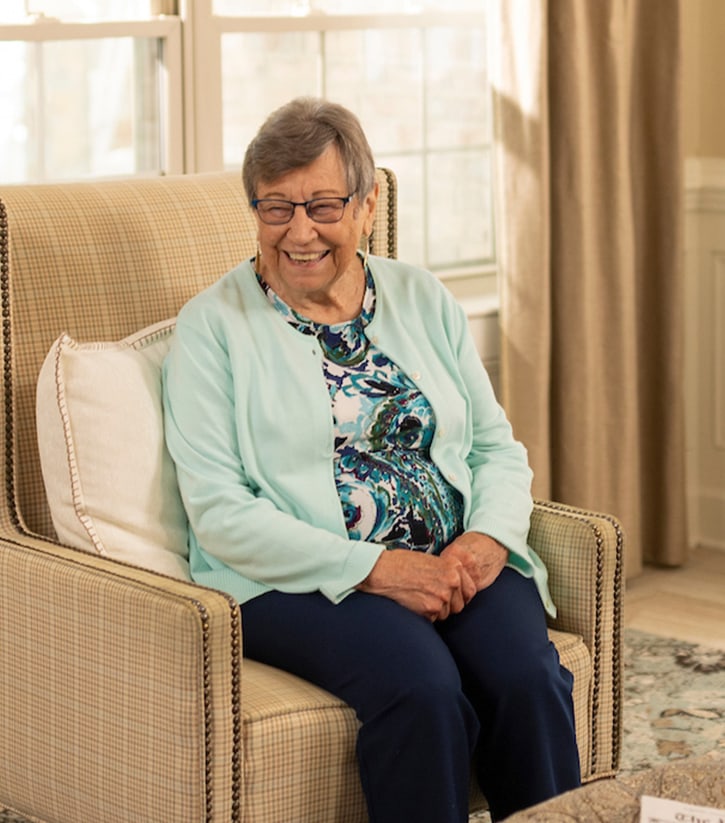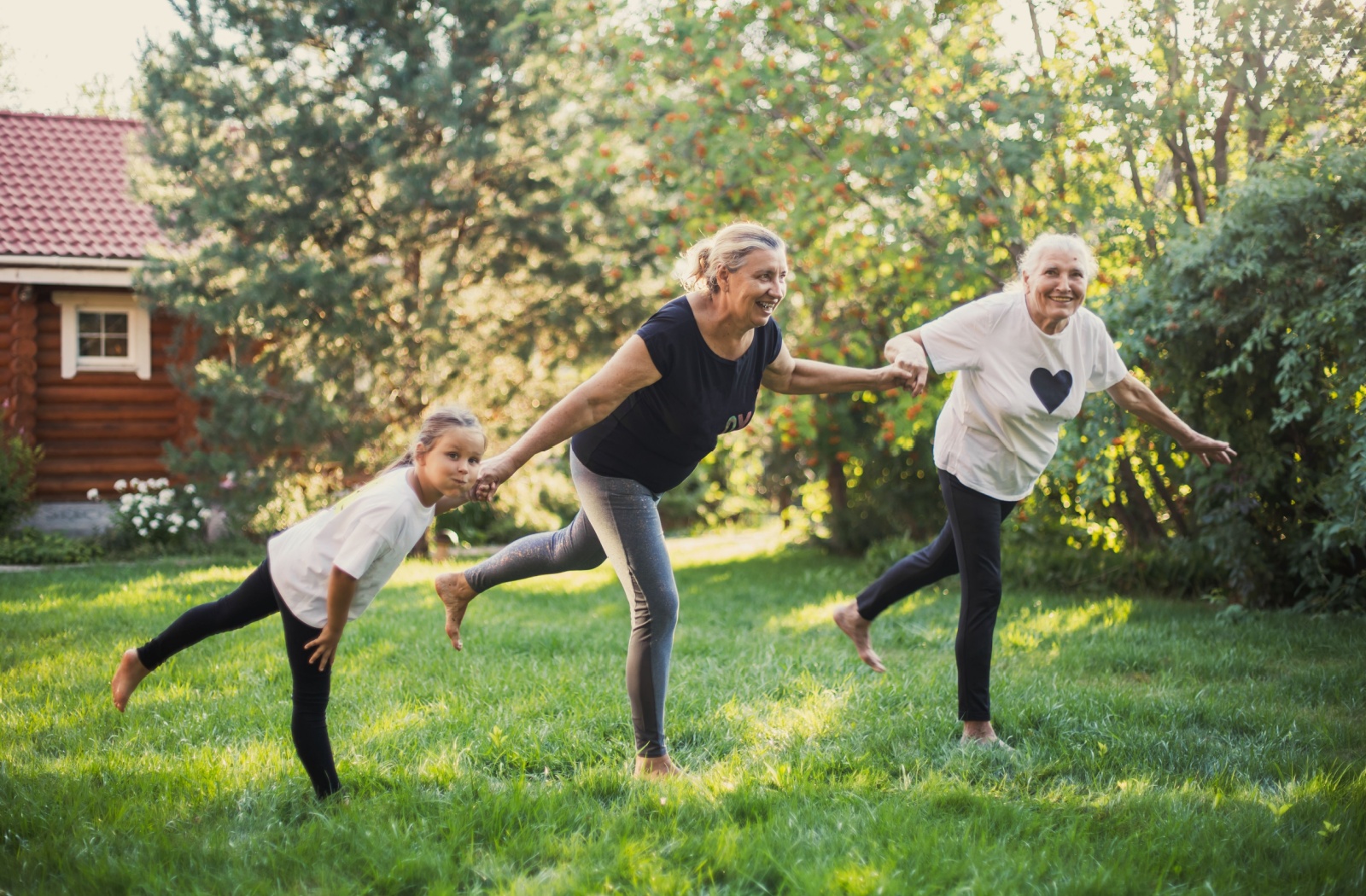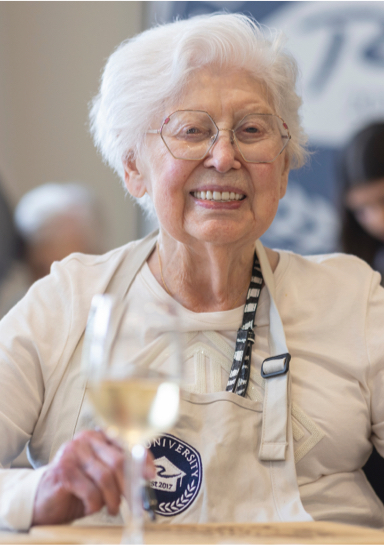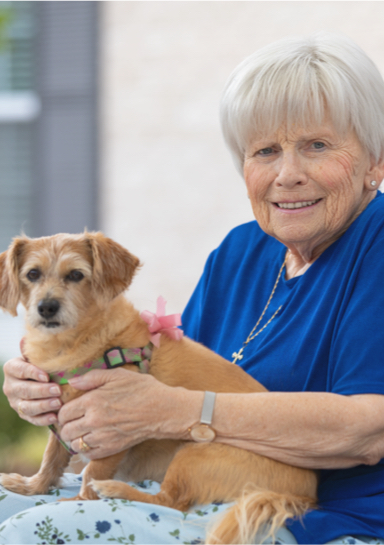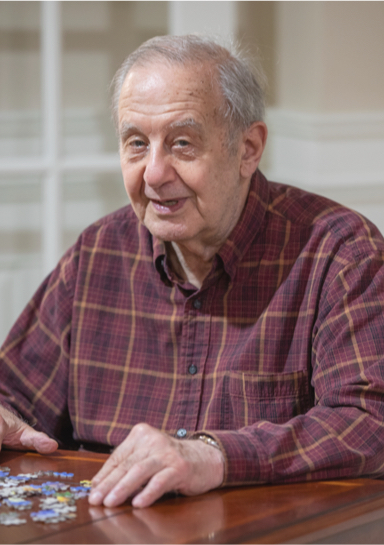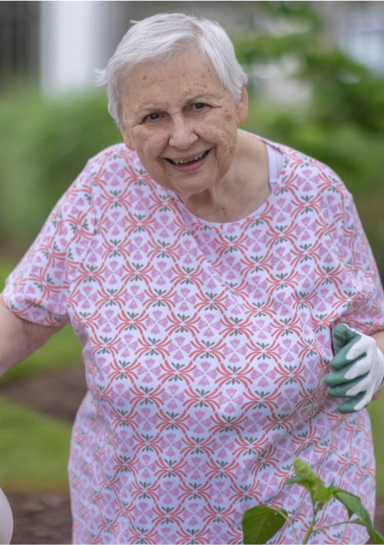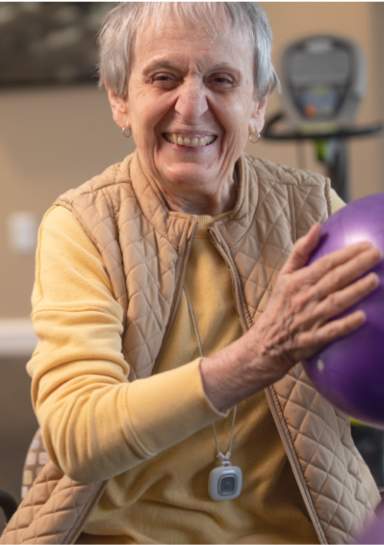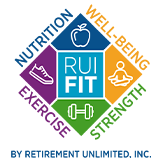Falls among seniors aren’t just accidents—they’re preventable health events that can dramatically impact quality of life. Balance exercises offer a robust solution, helping older adults maintain independence and confidence in their daily activities.
Good balance becomes increasingly important as we age, yet it’s often overlooked until problems arise. The good news? Simple, consistent balance training can make a significant difference in preventing falls and improving overall well-being.
Understanding Fall Risk in Seniors
Fall risk refers to the likelihood that a person will experience a fall within a specific period. For seniors, this risk increases due to natural aging processes that affect strength, coordination, and reaction time.
What Increases Your Parents’ Fall Risk?
Several factors contribute to elevated fall risk in older adults:
- Physical Changes:
- Muscle weakness, particularly in the legs & core
- Decreased flexibility & joint mobility
- Vision changes that affect depth perception
- Slower reflexes & reaction times
- Medical Conditions:
- Diabetes, which can cause nerve damage affecting balance
- Heart conditions that may cause dizziness
- Arthritis limits joint movement
- Medications that cause drowsiness or dizziness
- Environmental Factors:
- Poor lighting in living spaces
- Loose rugs or cluttered walkways
- Lack of handrails or grab bars
- Inappropriate footwear
Fall Risk Reduction Strategies for Seniors
Reducing fall risk requires a comprehensive approach:
- Regular exercise focusing on strength & balance
- Home modifications like improved lighting & removing tripping hazards
- Medication reviews with healthcare providers
- Vision & hearing checks to address sensory changes
- Proper footwear with good support & non-slip soles
By implementing these strategies, seniors can significantly reduce their risk of falls and maintain their independence and quality of life.
The Importance of Balance for Seniors
Balance is more than just staying upright—it’s the foundation of a safe, independent lifestyle. Maintaining good balance enables seniors to navigate stairs, get up from chairs, and move confidently through their daily routines.
How Aging Affects Balance
As we age, several systems that control balance begin to decline:
- Vestibular system: Inner ear structures that detect head movement & spatial orientation become less sensitive, making balance harder to maintain.
- Proprioception: Age-related changes in joints & muscles reduce your ability to sense body position in space.
- Visual system: Reduced peripheral vision & depth perception limit environmental awareness, affecting balance.
- Muscle strength: Weak leg, ankle, & core muscles impact posture & recovery from stumbles.
How Balance Exercises Help
Balance exercises work by:
- Strengthening stabilizing muscles throughout the body
- Improving coordination between different body systems
- Building confidence in movement & mobility
- Reducing fall risk by up to 23% according to research studies
The key is consistency. Regular practice helps maintain and even improve balance abilities that naturally decline with age.
How Often Should Seniors Perform Balance Exercises?
Most fitness experts recommend balance training at least 3 times per week. Sessions can be as short as 10–15 minutes, making them easy to incorporate into daily routines.
Start slowly and gradually increase difficulty as balance improves. It’s also vital to perform exercises in a safe environment with support nearby if needed.
Safe & Effective Balance Exercises for Seniors
These 3 balance exercises are specifically designed to be accessible, allowing seniors to perform them at home with minimal equipment.
1. Single-Leg Stand
What it is: Standing on one foot while maintaining proper posture and control. It’s a fundamental exercise that improves static balance and strengthens the muscles needed for stability.
How to perform a single-leg stand:
- Stand behind a sturdy chair, holding the back for support
- Lift one foot off the ground, bending at the knee
- Hold for 10–30 seconds, focusing on keeping your torso straight
- Switch legs & repeat
- Aim for 3 sets on each leg
2. Tai Chi-Style Weight Shifts
What it is: Slowly shifting weight from one foot to the other while maintaining control. The gentle exercise improves weight distribution and body awareness.
How to perform weight shifts:
- Stand with feet hip-width apart
- Slowly shift your weight to your right foot, lifting the left heel slightly
- Hold for 5 seconds, then change to the left foot
- Keep movements slow & controlled
- Repeat 10–15 times in each direction
3. Back Leg Raises
What it is: Lifting one leg straight back while maintaining balance and posture. The exercise strengthens the glutes and lower back, essential muscle groups for maintaining upright posture.
How to perform back leg raises:
- Stand behind a chair, holding it for support
- Slowly lift your right leg straight back, keeping it straight
- Hold for 2–3 seconds, then lower slowly
- Keep your torso upright throughout the movement
- Repeat 10–15 times, then switch legs & repeat again
How Senior Living Helps Seniors Stay Active & Safe
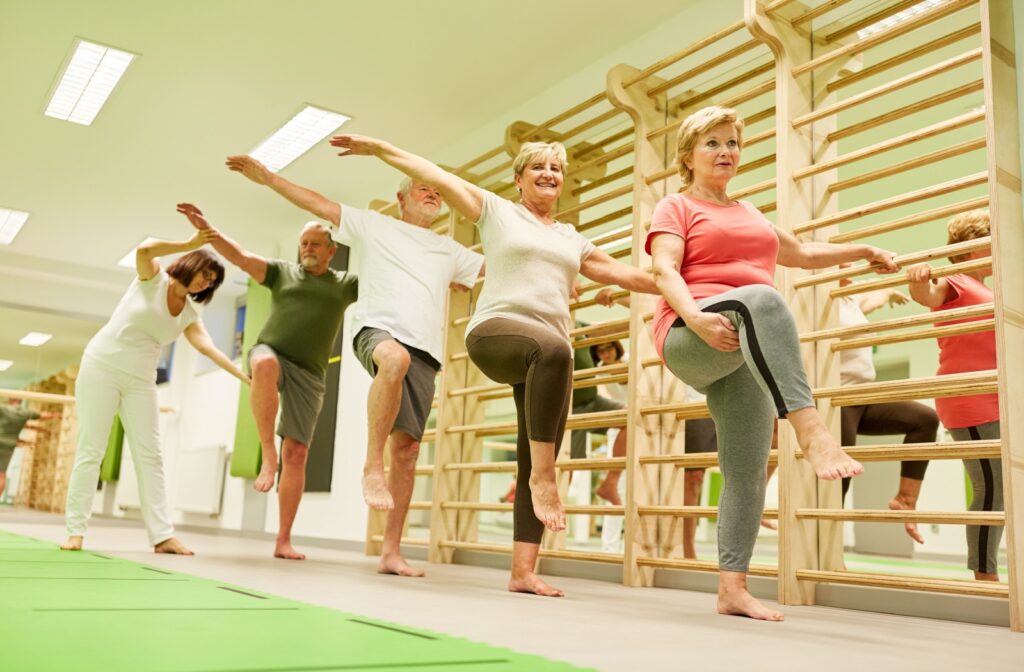
Senior living communities offer structured environments that enable residents to maintain active lifestyles while receiving tailored support for their unique needs.
RUI FIT Program
The RUI FIT program offers a comprehensive approach to senior fitness, focusing on 4 key pillars: nutrition, well-being, exercise, and strength.
What RUI FIT offers:
- Fitness classes like cardio drumming, strength training, yoga, & balance exercises
- Certified instructors providing professional & personalized guidance
- Social connection through group workouts & walking clubs
- Holistic wellness addressing mental health & community support
RUI FIT makes exercise accessible to all fitness levels, helping residents improve balance, strength, and overall health.
Its focus on fun and community keeps participants engaged and motivated, while group settings provide extra safety with staff monitoring and offering modifications as needed.
Take the Next Step Toward Better Balance
Balance exercises are one of the most effective ways for seniors to maintain their independence and reduce the risk of falls. While older adults can perform these exercises at home, many seniors can find greater success and safety in structured programs with professional guidance.
At The Wellington at Lake Manassas, part of Retirement Unlimited, Inc. (RUI), residents receive wellness assessments to guide their personalized fitness journey.
Contact us today to see how your loved one can benefit from access to professional fitness instruction, safe exercise environments, and the motivation that comes from exercising with peers.
